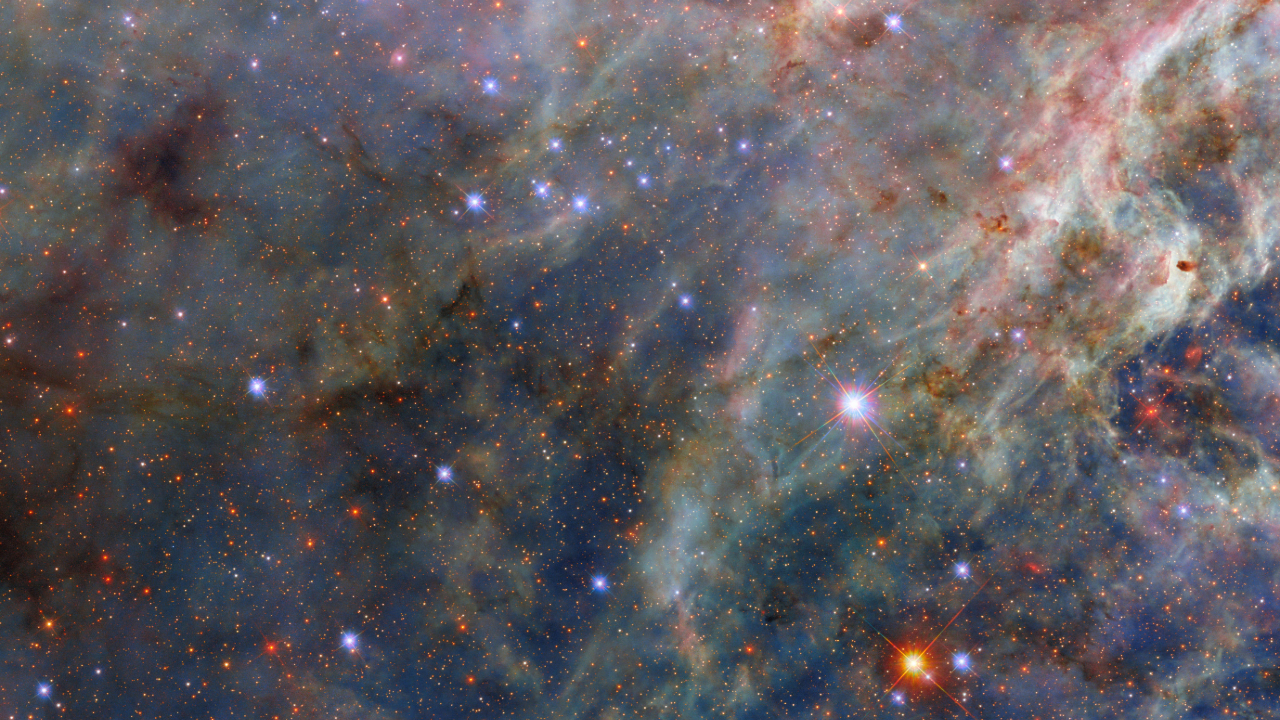U.S. Air Force Pushes For Orbital Test Vehicle
There'snew military life in an old NASA project--the X-37 technology demonstrator. TheU.S. Air Force announced today that it is developing an Orbital Test Vehicle(OTV), based on the design of a NASA X-37 craft.
Itis to be designated as the X-37B Orbital Test Vehicle.
TheU.S. Air Force has decided to continue full-scale development and on-orbittesting of an unmanned long-duration, reusable space vehicle.
Thenew OTV effort dovetails off of industry and government investments by AirForce, NASA, and the Defense Advanced Research Projects Agency (DARPA).
TheOTV effort will be led by the Air Force Rapid Capabilities Office and includespartnerships with NASA and the Air Force Research Laboratory. Boeing is theprime contractor for the OTV program--the same firm that was lead on the old NASAX-37 technology demonstrator.
Accordingto a statement from the Secretary of the Air Force, the OTV program will focuson "risk reduction, experimentation, and operational concept development forreusable space vehicle technologies, in support of long term developmentalspace objectives."
First flight
Breaking space news, the latest updates on rocket launches, skywatching events and more!
Thefirst orbital test flight of the OTV is planned for fiscal year 2008, with alaunch from Cape Canaveral Air Force Station on an Atlas V launch vehicle.
TheOTV is the first vehicle since the space shuttle with the ability to returnexperiments to Earth for further inspection and analysis.
Thatmaiden orbital flight of the X-37B would demonstrate and validate guidance,navigation and control systems - fault tolerant, autonomous reentry and landinghardware. Also on tap is a shakeout of lightweight high temperature structuresand landing gear.
EitherVandenberg Air Force Base in California or Edwards Air Force Base--also in California--will conduct reentry and recovery activities.
Whenlast seen under DARPA program management, the X-37 technology demonstrator--also dubbed the Approach and Landing Test Vehicle--went through a series oftaxi and air tests out at the Mojave, California inland spaceport, toted by theWhite Knight.
WhiteKnight is the Scaled Composites mothership used to carry the privately-builtsuborbital SpaceShipOne to high-altitude release.
Beyond Future X
OnApril 7 of this year, the robotic space plane was dropped at high altitude,touching down under autonomous control, but encountered difficulties on landingand rolled off the end of a runway at Edwards Air Force Base.
Whenthe X-37 was under NASA's wing in the late 1990s, it was to be the first of aplanned series of flight demonstrators under the rubric of Future X.
TheBoeing-built X-37 was billed at the time as an unpiloted, autonomously operatedvehicle designed to conduct on-orbit operations and collect test data in theMach 25 (reentry) region of flight.
Thoseearly plans for the X-37 called for it to be hauled into orbit by the spaceshuttle or lofted atop an expendable launch vehicle where it would be deployedin Earth orbit. The vehicle would then fly through space for up to 21 days andperform a variety of experiments before reentering the atmosphere and landingon a conventional runway.
Butthose plans were scrapped, with NASA transferring its X-37 technologydemonstration program to DARPA in late 2004.
Theannouncement today places the robot space vehicle under the Air Force RapidCapabilities Office.
- Technology Twosome: High-flying at Mojave
- The X-37 Spaceplane to Fly At Mojave Spaceport
- White Knight Prepares For New Mission
- NASA Transfers X-37 Project to DARPA

Leonard David is an award-winning space journalist who has been reporting on space activities for more than 50 years. Currently writing as Space.com's Space Insider Columnist among his other projects, Leonard has authored numerous books on space exploration, Mars missions and more, with his latest being "Moon Rush: The New Space Race" published in 2019 by National Geographic. He also wrote "Mars: Our Future on the Red Planet" released in 2016 by National Geographic. Leonard has served as a correspondent for SpaceNews, Scientific American and Aerospace America for the AIAA. He has received many awards, including the first Ordway Award for Sustained Excellence in Spaceflight History in 2015 at the AAS Wernher von Braun Memorial Symposium. You can find out Leonard's latest project at his website and on Twitter.
